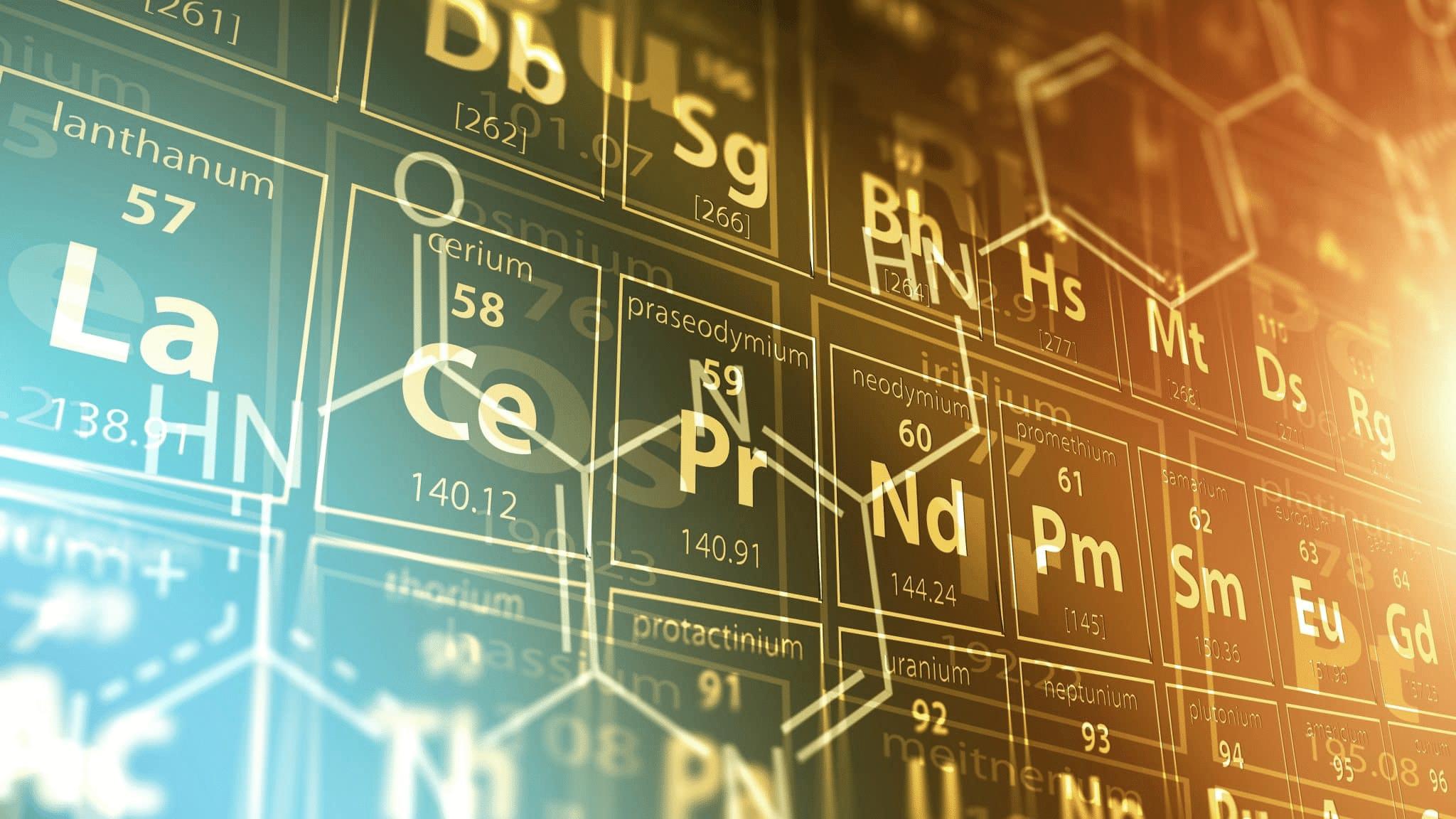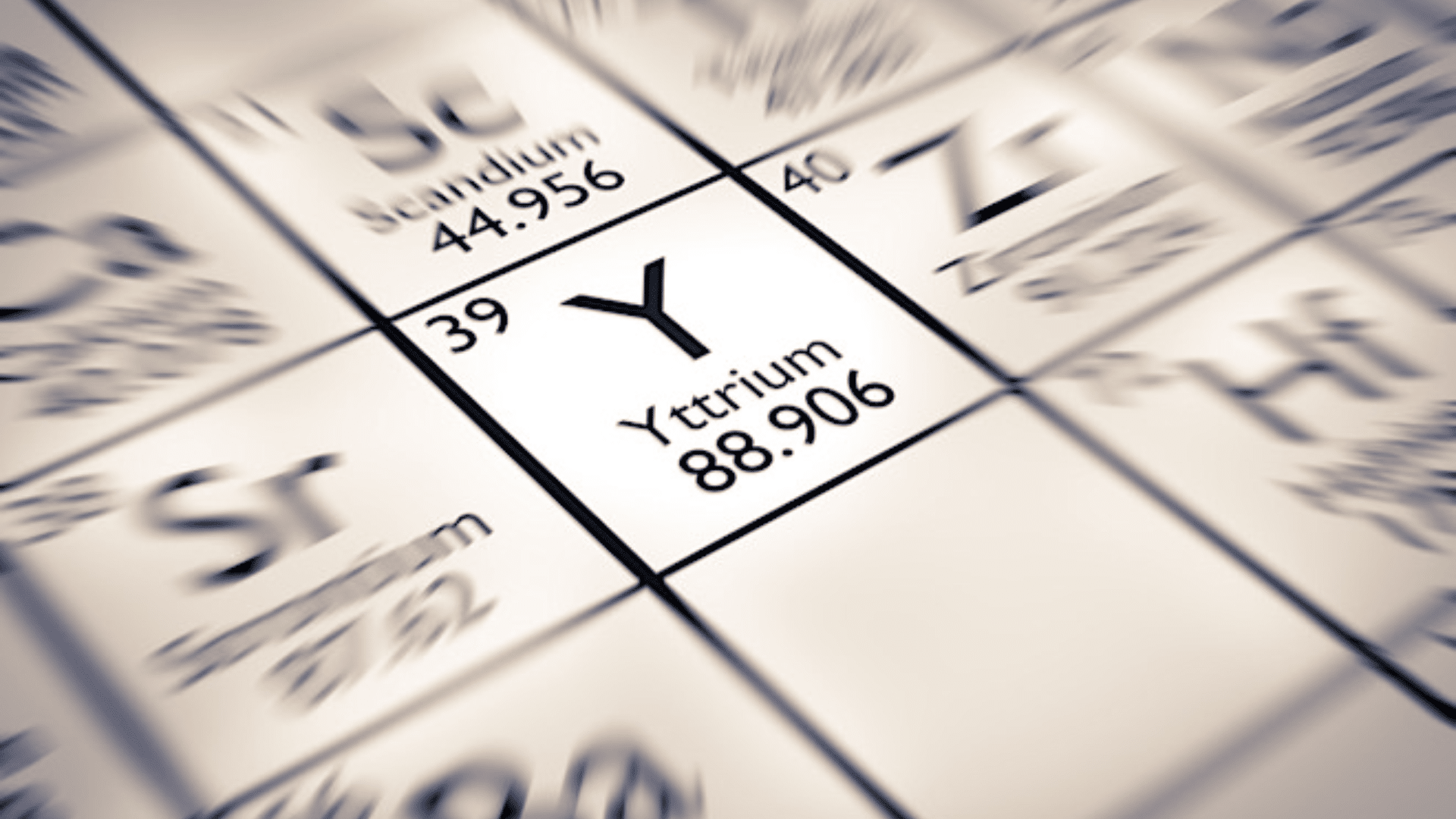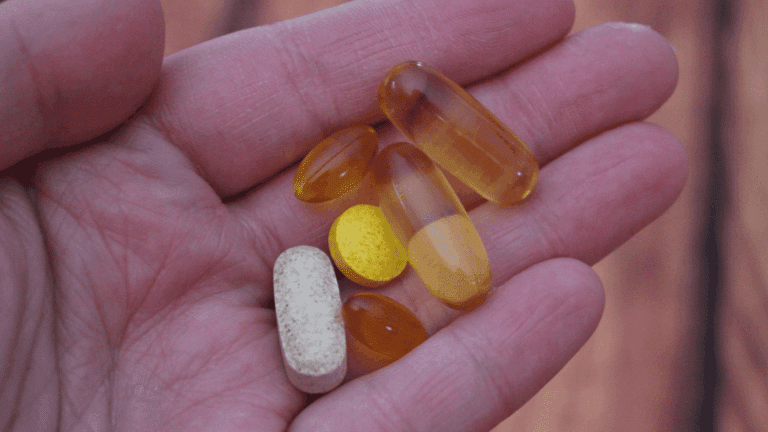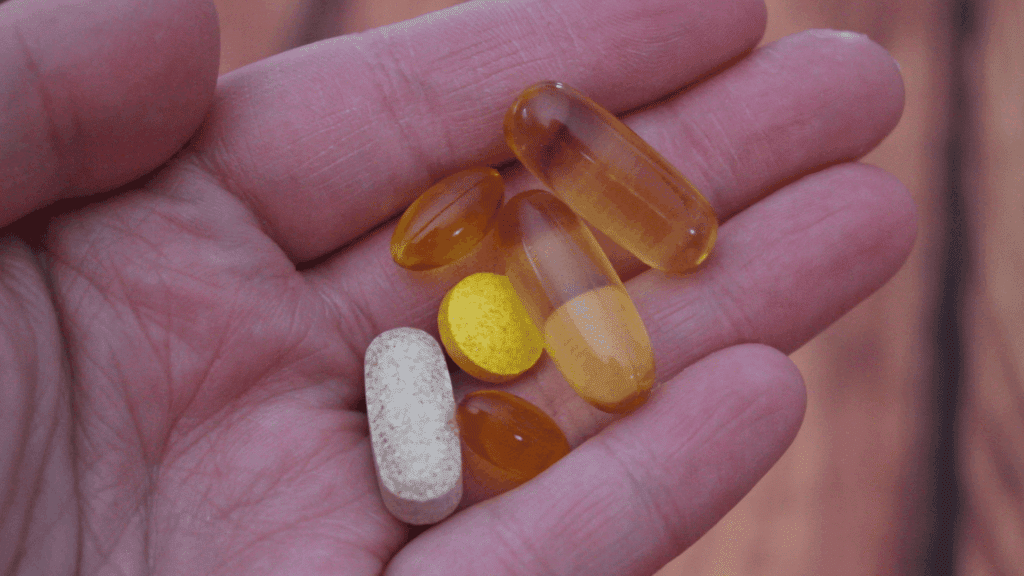Think you know chemistry? Here’s the thing – most people memorize a few element symbols and call it a day. But the periodic table holds secrets that would blow their minds.
Did they know some elements can literally explode when they touch water? Or that there’s an element so rare that scientists have only made a few atoms of it?
This collection features trivia questions that’ll test everything readers think they know about the elements.
Some are easy. Others will make them scratch their heads and wonder how they missed such cool facts in chemistry class.
Ready to find out if they’re periodic table geniuses or just another science pretenders? Time to see what they’ve got.
Quick History of the Periodic Table
The periodic table started as a solution to chaos in the 1860s when scientists knew 60 elements but had no way to organize them.
John Newlands tried first in 1864 with his “Law of Octaves” but failed miserably. Then Dmitri Mendeleev cracked the code in 1869 by creating the first working periodic table, arranging elements by atomic weight and boldly leaving gaps for undiscovered elements.
His genius showed when gallium (1875), scandium (1879), and germanium (1886) were found exactly matching his predictions.
Henry Moseley perfected it in 1913 by using atomic numbers instead of weight, and today we have 118 elements in our modern table.
What started as Mendeleev’s risky guess became chemistry’s most powerful tool, converting the field from guesswork into real science and helping us understand how elements behave and predict new materials.
Test Your Element IQ with Our Periodic Table Challenge

1. What is the atomic number of Hydrogen?
1
2. Which element has the atomic number 79?
Gold (Au)
3. What is the lightest element on the periodic table?
Hydrogen (H)
4. Which element is known as the “king of elements” because of its abundance and importance in life?
Carbon (C)
5. Which element has the symbol ‘Fe’ on the periodic table?
Iron
6. What is the most abundant metal in the Earth’s crust?
Aluminum (Al)
7. Which element is the only one that can exist in a liquid state at room temperature?
Mercury (Hg)
8. What is the name of the element with the symbol ‘O’?
Oxygen
9. Which element is used in the production of lightbulbs and has the symbol ‘W’?
Tungsten
10. Which element is named after the planet Uranus?
Uranium (U)
11. What element is used in making semiconductors and has the symbol ‘Si’?
Silicon
12. Which element has the highest atomic number that occurs naturally on Earth?
Uranium (U), atomic number 92
13. Which element has the atomic number 82?
Lead (Pb)
14. What is the most abundant element in the human body by weight?
Oxygen
15. Which element is known for being the primary component of diamonds?
Carbon (C)
16. Which element has the symbol ‘Na’ and is known for being a highly reactive metal?
Sodium
17. Which element is used in the treatment of cancer through radiation therapy?
Cobalt (Co)
18. What is the only element that can be found in a gaseous state at absolute zero?
Helium (He)
19. Which element is often used in rechargeable batteries?
Lithium (Li)
20. What element is most commonly used in the making of stainless steel?
Chromium (Cr)
21. Which element is represented by the symbol ‘Ne’ and is known for its use in neon lights?
Neon
22. What element is named after the scientist Marie Curie?
Curium (Cm)
23. Which element is used in the production of nuclear energy and has the symbol ‘U’?
Uranium
24. Which element has the atomic number 26?
Iron (Fe)
25. Which element, when exposed to air, tarnishes quickly and forms an oxide layer?
Silver (Ag)
26. Which element is known for its role in photosynthesis?
Magnesium (Mg)
27. What element has the symbol ‘Kr’ and is used in fluorescent lighting?
Krypton
28. Which element is the most reactive non-metal?
Fluorine (F)
29. What element is used to create the red color in fireworks?
Strontium (Sr)
30. Which element is known as the “noble gas” that doesn’t readily form compounds?
Helium (He)
31. Which element is used in making high-temperature superconductors?
Yttrium (Y)
The Stories and Secrets Behind Element Names

32. This element is named after Germany, the country where it was first discovered in 1886.
Germanium (Ge)
33. The name of this element comes from the Greek word “arsenikon,” meaning “masculine,” due to its potency.
Arsenic (As)
34. This element is named after the Greek word “selene,” meaning “moon,” because it was discovered shortly after tellurium.
Selenium (Se)
35. The name of this element comes from the Greek word “bromos,” meaning “stench,” due to its strong odor.
Bromine (Br)
36. This element’s name is derived from the Greek word “kryptos,” meaning “hidden,” because it was difficult to detect.
Krypton (Kr)
37. The name of this element comes from the Latin word “rubidus,” meaning “deep red,” because of the red flame it produces.
Rubidium (Rb)
38. This element is named after the Scottish town of Strontian, where its ores were first discovered in 1790.
Strontium (Sr)
39. This element is named after the Swedish village of Ytterby, where its mineral was first discovered.
Yttrium (Y)
40. This element is named after the mineral zircon, from which it was first isolated.
Zirconium (Zr)
41. The name of this element is derived from the Greek word “alkali,” meaning “ashes,” because of its salt-forming nature.
Potassium (K)
42. This element’s name comes from the Latin word “vapor,” meaning “steam,” because it was first discovered in vapor.
Hydrogen (H)
43. This element is named after the Greek god of the sun, Helios, because of its bright, yellow color.
Helium (He)
44. The name of this element comes from the Greek word “phosphoros,” meaning “light-bearer,” due to its ability to glow in the dark.
Phosphorus (P)
45. This element is named after the Swedish chemist who first isolated it in 1877, Carl Gustaf Mosander.
Scandium (Sc)
46. The name of this element comes from the Latin word “aureus,” meaning “golden,” due to its golden color.
Aurum (Au)
47. This element is named after the Greek word “cobalos,” meaning “goblin,” due to the toxic and poisonous nature of its ores.
Cobalt (Co)
48. This element is named after the Greek word “neutron,” derived from the Latin word “neuter,” meaning “neutral.”
Neutronium ( hypothetical element)
49. This element is named after the Greek word “xenos,” meaning “foreign,” because it was discovered in a meteorite.
Xenon (Xe)
How Elements Shape Our World and Modern Science
Elements are the basic building blocks of everything around us.
- Oxygen and Carbon are essential for life.
- Silicon powers electronics.
- Iron builds infrastructure.
- Uranium and Rare Earth Metals drive nuclear energy and high-tech innovation.
- Calcium, Iodine, and Iron support human health.
- Radioactive Elements help diagnose and treat diseases.
- Lithium powers batteries.
- Copper and Gold enable electronics.
- Element Knowledge helps tackle climate change and boost agriculture.
Simply put, elements fuel the progress of modern science and technology.
The Bottom Line
So there you have it – questions that separate the real chemistry fans from the casual learners.
These aren’t typical textbook questions. They’re the kind of facts that make people realize how amazing our world really is.
Did readers ace every question? Or did some of these periodic table secrets catch them off guard? Either way, they’ve just expanded their science knowledge in a big way.
Here’s what they should do next: share their favorite question with a friend or family member. Challenge them to guess the answer. They might just spark someone else’s love for chemistry.


















